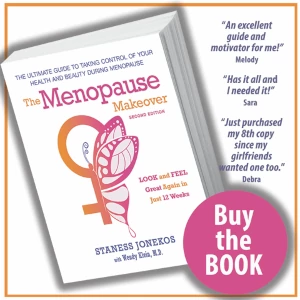 Some know her as the sexually outspoken Samantha Jones, but today her three closest gal pals from Sex and the City 2 call her, “The hormone whisperer.” The oldest of four friends, Samantha, is finally a 50-something woman who is not about to give up her uninhibited lusty appetite or her youth to menopause.
Some know her as the sexually outspoken Samantha Jones, but today her three closest gal pals from Sex and the City 2 call her, “The hormone whisperer.” The oldest of four friends, Samantha, is finally a 50-something woman who is not about to give up her uninhibited lusty appetite or her youth to menopause.
To survive the inconvenience of menopause, Samantha takes daily doses of supplements by the handful and rubs hormones on her arms and privates. When Miranda asks Samantha about the logic of taking so many supplements, and where she got her menopause treatment strategy, she replies, “from Suzanne Somers.” Surprised, Miranda asks, “you are getting information from someone who invented the thigh master?”
When her hormones are confiscated at customs in Abu Dhabi, Samantha resorts to consuming and applying yams and chickpeas, hoping she is getting a “natural” dose of hormones so she does not “ricochet back into menopause.” This Somers devotee makes for good comedy, but propagates gross misinformation about hormones and menopause management options.
Many remember and love Suzanne Somers from Three’s Company, but it is time to come clean. I was a victim of Suzanne Somers’ irresponsible claims that her way of managing menopause is the “natural” way using compounded bioidentical hormones. Today I want to set the record straight.
I slammed into menopause, suffering from hourly hot flashes, itchy skin, horrible weight gain and miserable moodiness. Desperately wanting to feel normal and sexy again, I purchased Suzanne Somers’ book, Ageless: The Naked Truth About Bioidentical Hormones.
I assumed Somers word to be trustworthy, because a publisher printed her book. Living in Southern California, I splurged for Somers’ expensive Beverly Hills doctor recommendation, assuming he must have the answers. He confirmed I was menopausal and gave me tubes of compounded triple estrogen gel and compounded 10 percent micronized progesterone gel, with orders to apply them regularly. I was just like Samantha in Sex and the City 2. It was also suggested that I apply the estrogen gel to my face to “soften your wrinkles.” I dutifully rubbed in the compounded “bioidenticals” religiously.
After a few months of visiting this overpriced Beverly Hills doctor, my menopause symptoms were exaggerated and my moodiness turned into depression. Once again desperate and now at the lowest point of my life, I returned to a previous gynecologist. A blood test revealed that my estrogen levels were seven times higher than normal, my increased weight now placed me into the overweight BMI category, and my severe crankiness made it impossible to work.
What went wrong? I trusted a resource not supported by science. I was taking unregulated hormones. Like many other women, I was gullible and uneducated about my options, leaving me vulnerable to buying anything labeled HOPE in a bottle.
After the 2002 Women’s Health Initiative results, many women were scared of hormone therapy, myself included. Somers repackaged hormone therapy using the buzzwords “natural,” “bioidentical” and “compounded” as the new healthy menopause management option.
What I found when I started to burrow into the scientific research was a far cry from the claims made by Suzanne Somers. It was eye-opening to learn that natural compounded bioidentical hormones were unregulated by the FDA. There was no standardization for producing the product, and no tests on the formulations. There are NO real natural hormone products available.
When we see Samantha from Sex and the City 2 rubbing yams on her face in hopes of getting a dose of estrogen, the only thing she got was a good laugh.
10 Hormone Therapy Facts Every Woman Should Know
1. Natural: The word “natural” is a marketing term. There is no scientific evidence that custom-compounded bioidenticals are safer or more effective or more “natural” than standard pharmaceutical bioidentical prescriptions. The only “natural” hormones are the hormones being made by your body.
2. Bioidenticals: Laboratories create formulations that are either identical (bioidentical) or not (non-bioidentical) to those in your body. There are FDA approved prescription estradiol products that are bioidentical that are not “compounded.”
3. Compounded hormones: Made in a pharmacy by combining, mixing or altering ingredients to create a customized hormone for an individual patient. Compounding pharmacies must be licensed and regulated by the State Pharmacy boards. However, they do not have to demonstrate the safety, effectiveness and quality control, based on large, scientific studies, that the FDA requires of pharmaceutical manufacturers. Compounding pharmacies use chemically synthesized hormones made from plants — the same government-approved ingredients that are used in a manufacturer’s laboratory. “Compounded” formulations are neither safer nor more “natural.”
The North American Menopause Society, a non-profit organization of expert scientists and clinicians, “does not recommend custom-compounded products over well-tested, government-approved products for the majority of women.”
The Endocrine Society has stated that, “Post-market surveys of such (compounded) hormone preparations have uncovered inconsistencies in dose and quality.”
4. All estrogen products are chemically synthesized, primarily from an active ingredient called diosgenin, a molecule extracted from the tubers and flowers of various plants including Dioscorea, a wild yam.
All hormones, whether made in compounding pharmacies or in manufacturer’s laboratories, are synthetic in the sense that they are made by a chemical process. All estradiol, even “compounded,” is derived from similar chemical compounds.
5. To determine whether hormone therapy is appropriate and safe, one’s risk factors must be assessed based on personal and family medical history, as well as personal preference. There is no “one size fits all.”
6. Low dose hormone therapy, used judiciously, still remains the most effective way to treat the troubling symptoms of menopause for those who need it and who can use it safely.
7. There is no need for testing of hormone levels, either in saliva or blood. The science has shown that there is no predictable correlation between hormone levels in saliva or in blood and severity of symptoms. Unless there are unusual complications, it is the standard of care to treat symptoms if needed and adjust medications according to response, not saliva levels.
The North American Menopause Society says, “Saliva testing to determine if a woman has the ‘right amount’ of hormones has not been proven accurate or reliable. Even blood testing of hormone levels has the drawback that levels vary throughout the day as well as from day to day. More important, the desired levels in postmenopausal women have not been established. In addition, an individual woman’s physical comfort may not even be related to her absolute hormone levels.”
8. Standard prescription hormone therapy is the safest form available. It has been tested by the FDA and manufactured in a highly regulated manner. Doses are consistent.
9. There are also FDA approved non-hormonal therapies available to treat menopause symptoms for those who cannot take hormones.
10. Whether hormone therapy is needed depends on severity of symptoms, including hot flashes, night sweats, vaginal dryness and irritability. Hormone therapy should be individualized, which may mean trying different doses and schedules, as well as different routes of administration.
When we see Samantha squirting hormones on her arms in Sex and the City 2, we are watching drug dosing that is uncontrolled and dangerous. Hormone therapy, whether bioidentical or not, whether compounded or manufactured, is a drug with benefits and risks that must be taken seriously.
Somers says in her blog, “I just wanted to feel good when I went into menopause and I didn’t want to take drugs… When I found total and complete relief from natural non-drug hormones … I thought wow, women and men need to know this. And that’s how it began.”
While Somers had good intentions in sharing her “natural” hormone therapy strategy, she remains misinformed and misleading. Her “non-drugs” are still drugs, and her “natural” products are derived from synthesized chemical compounds.
Unregulated formulas and inconsistent compounded dosing can be dangerous and has jeopardized the health of many women, including myself. I wished I had known the dangers involved with compounded-hormones.
The North American Menopause Society reviewed Somers’ book saying, “Ageless is a tribute to pseudoscience, to safe and wishful thinking against facts, to claims of safety without proof … the uninformed reader is misled to believe the fallacies rather than the truth … the result is a book with overwhelming misinformation. The dangers are to women who may be misled into ‘buying into’ the products, thereby putting themselves potentially at greater risk than protection.”
After my menopause symptoms were stabilized with a standard prescription of bioidentical estradiol, I found a new way of eating, lost 30 pounds and updated my beauty regime without cosmetic surgery or alterations. I have never been healthier.
Being informed is the first step to managing your symptoms. Know where your health information is coming from. Make your decisions based on the solid scientific research that is readily available. You CAN take control of your health and beauty during menopause.
References
The North American Menopause Society. Menopause Practice: A Clinician’s Guide,
3rd Edition. Cleveland: The North American Menopause Society, 2007.
Sturdee, David W., The Facts of Hormone Therapy for Menopausal Women. New York: The Parthenon Publishing Group, 2004.
Somers, Suzanne. Ageless: The Naked Truth About Bioidentical Hormones. New York, NY: Three Rivers Press; 2006.
International Menopause Society, Recommendations on Postmenopausal Therapy, 27 February 2007
The North American Menopause Society, Early Menopause Guidebook. Cleveland: NAMS, 2006.
Hemelaar, Marjorie; van der Mooren, Marius J.; van Baal, W. Marchien; Schalkwijk,Casper G.; Kenemans, Peter; Stehouwer, Coen D A, “Effects of Transdermal and Oral Postmenopausal Hormone Therapy on Vascular Function: a Randomized,Placebo-controlled Study in Healthy Postmenopausal Women,” biomedexperts, New York, 2005;12(5):526-35.
Simon, James A. “Understanding the Controversy: Hormone Testing and Bioidenticals Hormones” 17th Annual Meeting of The North American Menopause Society, October 11, 2006, p. 5, 6, 7
Vogel, John J. “Understanding the Controversy: Hormone Testing and Bioidentical Hormones” 17th Annual Meeting of The North American Menopause Society, October 11, 2006, p. 23, 24, 26
Richardson, Marcie K. “Understanding the Controversy: Hormone Testing and Bioidentical Hormones” 17th Annual Meeting of The North American Menopause Society, October 11, 2006, p. 28
Allen, Loyd V. “Understanding the Controversy: Hormone Testing and Bioidentical Hormones” 17th Annual Meeting of The North American Menopause Society, October 11, 2006, p. 12, 13
The Endocrine Society. Bioidentical Hormones. Position Statement.
Patsner, Bruce. “Understanding the Controversy: Hormone Testing and Bioidentical Hormones” 17th Annual Meeting of The North American Menopause Society, October 11, 2006, p. 10, 11
Department of Health and Human Services, “Questions and Answers About the WHI Postmenopausal Hormone Therapy Trials“, National Heart, Lung and Blood Institute, April 2004.
Haimov-Kochman, Ronit and Hochner-Celnikier, Drorith, “Are There Second ThoughtsAbout the Results of the WHI Study?“, University Medical Center, Jerusalem, Israel. Department of Obstetrics and Gynecology, 4 March 2006, p. 387-393.
Kalvaitis, Katie, “Compounded Hormone Therapies: Unproven, Untested – and Popular“, Endocrine Today, 25 March 2008.
Pines A.; Sturdee, D.W.; Birkhauser, M.H.; de Villiers, T.; Naftolin, F.; Gompel, A.; Farmer, R.; Barlow, D.; Tan, D.; Maki, P.; Lobo, R.; Hodis, H., et. al., “HRT in the Early Menopause: Scientific Evidence and Common Perceptions“, International Menopause Society, 29-30 March 2008. The Hormone Foundation, January 2008
Medline Plus, “Complementary and Alternative Approaches to Health,” 2008.
National Center for Complementary and Alternative Medicine.
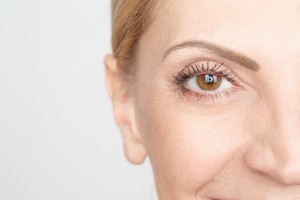 Fluctuations in our estrogen levels during menopause bring all sorts of uncomfortable symptoms, from dry vaginas to dry eyes! I can’t even wear contacts because of dry eyes!
Fluctuations in our estrogen levels during menopause bring all sorts of uncomfortable symptoms, from dry vaginas to dry eyes! I can’t even wear contacts because of dry eyes!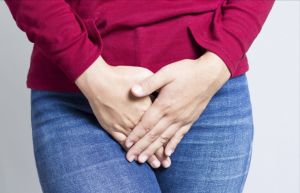
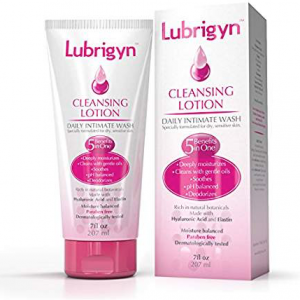
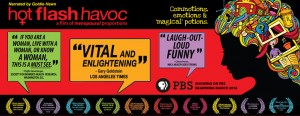
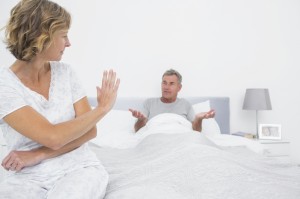


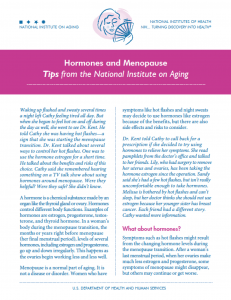

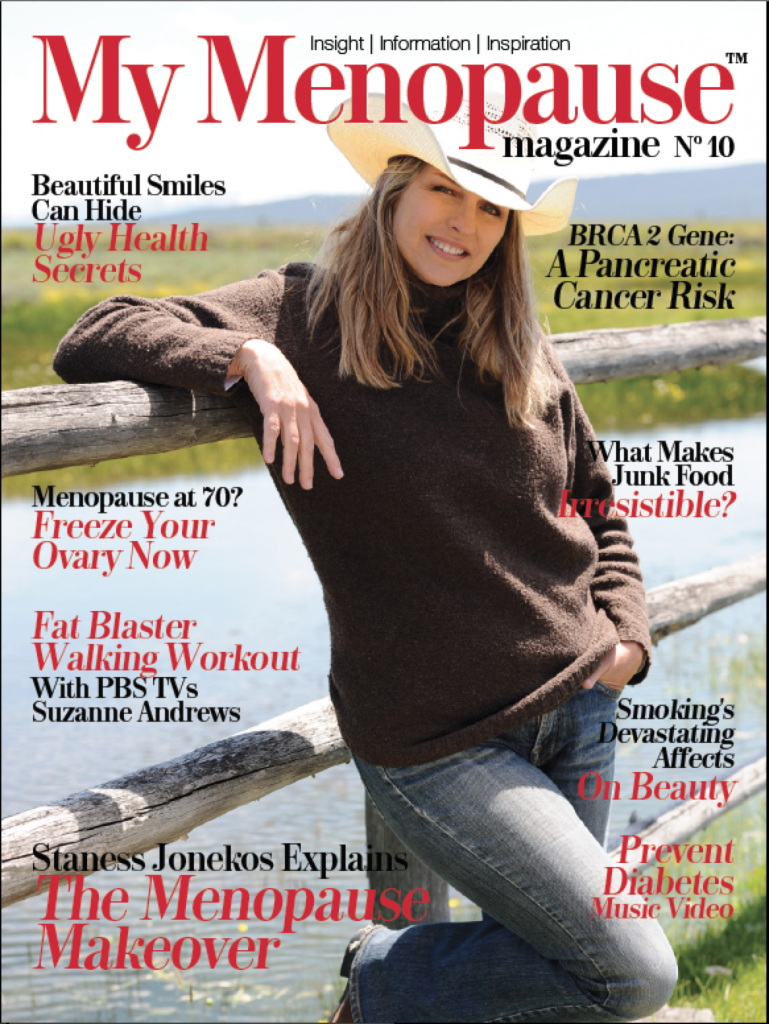
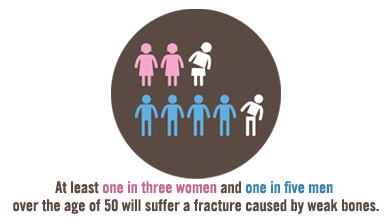

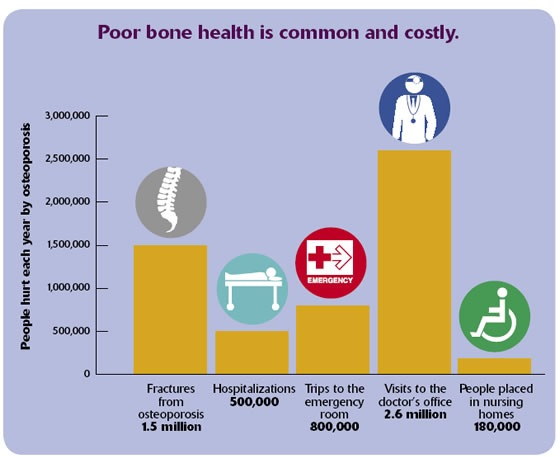





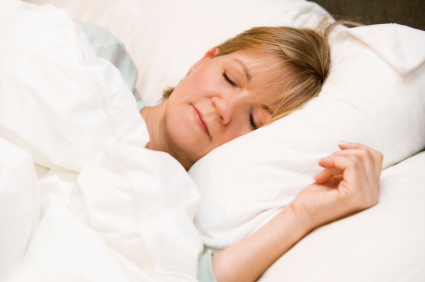
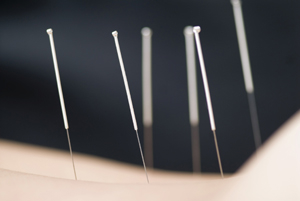
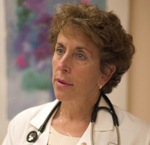

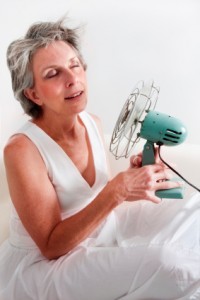

 Some know her as the sexually outspoken Samantha Jones, but today her three closest gal pals from Sex and the City 2 call her, “The hormone whisperer.” The oldest of four friends, Samantha, is finally a 50-something woman who is not about to give up her uninhibited lusty appetite or her youth to menopause.
Some know her as the sexually outspoken Samantha Jones, but today her three closest gal pals from Sex and the City 2 call her, “The hormone whisperer.” The oldest of four friends, Samantha, is finally a 50-something woman who is not about to give up her uninhibited lusty appetite or her youth to menopause.
 Hot Flash 101
Hot Flash 101